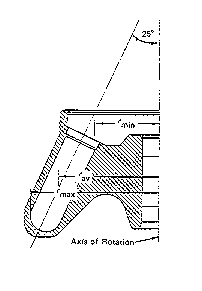Centrifugation Theory
互联网
Centrifugation is a process used to separate or concentrate materials suspended in a liquid medium. The theoretical basis of this technique is the effect of gravity on particles (including macromolecules) in suspension. Two particles of different masses will settle in a tube at different rates in response to gravity. Centrifugal force (measured as xg, gravity) is used to increase this settling rate in an instrument called a centrifuge. Two common examples of the use of centrifugal force are: (1) When you do the "around the world" trick with a yo-yo, it is centrifugal force that makes the yo-yo body stay at the end of the string as you rotate it; and (2) When you wash clothes in a washing machine, it is centrifugal force generated in the "spin" cycle that forces water out of the fabric to facilitate faster drying.
Centrifuges are devices used in a variety of scientific and technical applications which spin carrier vessels (centrifuge tubes) at high rotation speeds and very high centrifugal force. The centrifugal force (expressed as # gravities or, # xg ) generated is proportional to the rotation rate of the rotor (in rpm) and the distance between the rotor center and the centrifuge tube. Therefore, a given centrifuge may use multiple rotor sizes to give flexibilty in choosing centrifugation conditions. Each centrifuge has a special graph, a nomograph, or a table which relates rotation rate (rpm) to centrifugal force (xg) for each size of rotor it accepts.
Typically, the material to be "spun" is placed in a centrifuge tube which is then placed in a rotor. The rotor is a generally a dense metal which dissipates heat quickly, and is of sufficient mass that it generates momentum, i.e., once its spinning it requires little energy to keep it going. Centrifuges generally work under vacuum and are refrigerated to reduce heating caused by frictional forces as the rotor spins. Rotors are usually stored in refrigeration units to keep them at or near the operating temperature.
Because centrifuges come in all shapes and sizes, and the rotors vary, the universal and transferable unit of centrifugation is centrifugal force in gravities (xg). In lab write-ups you should report the centrifugation force used (#gravities) because it is the only transferable unit between different centrifuges.





